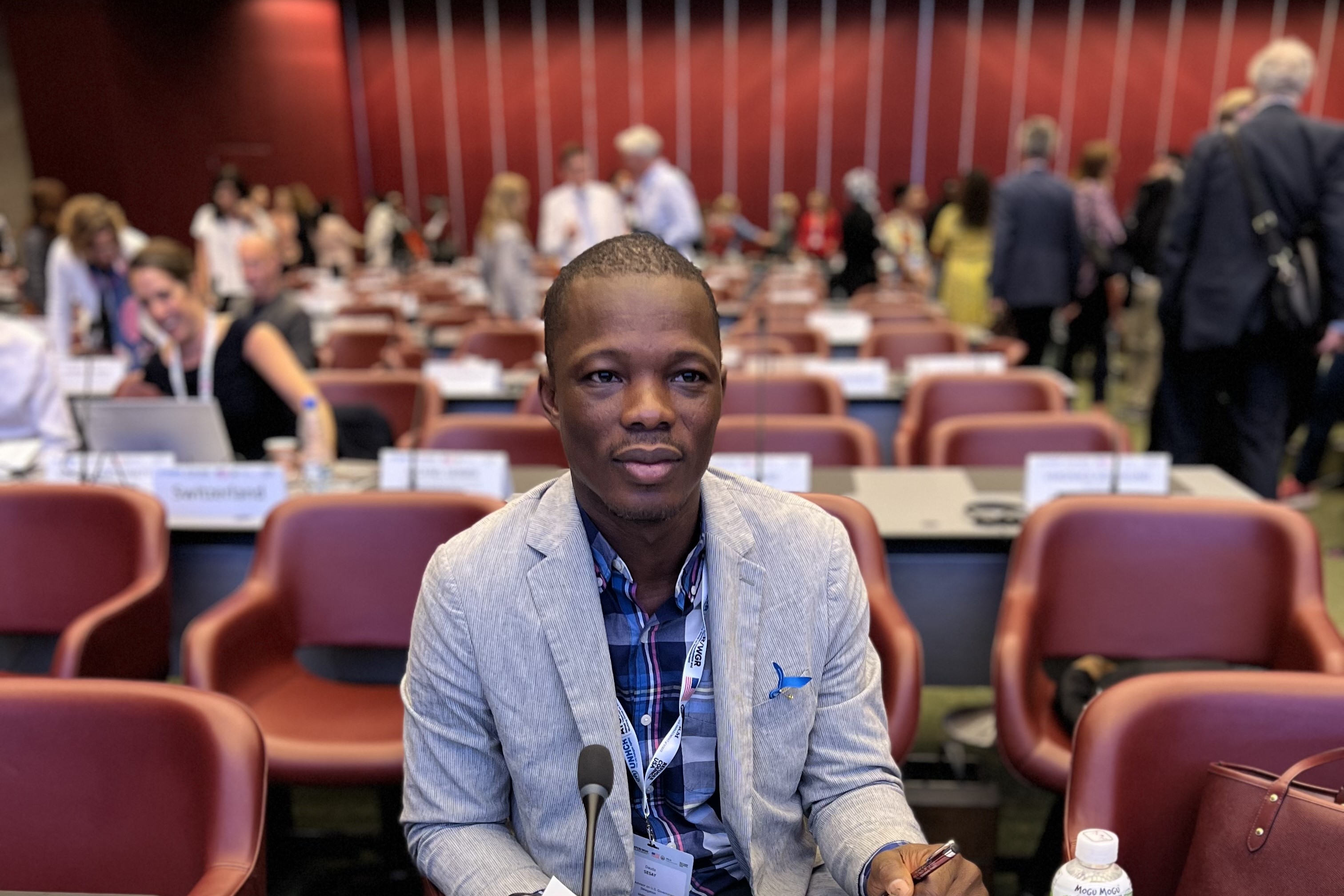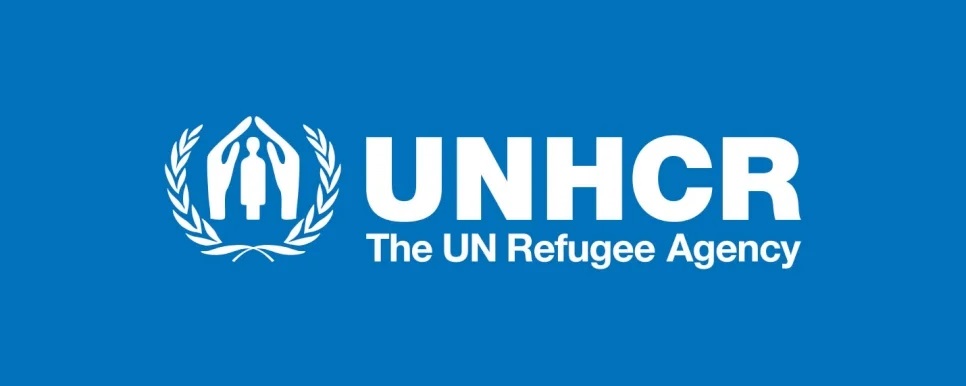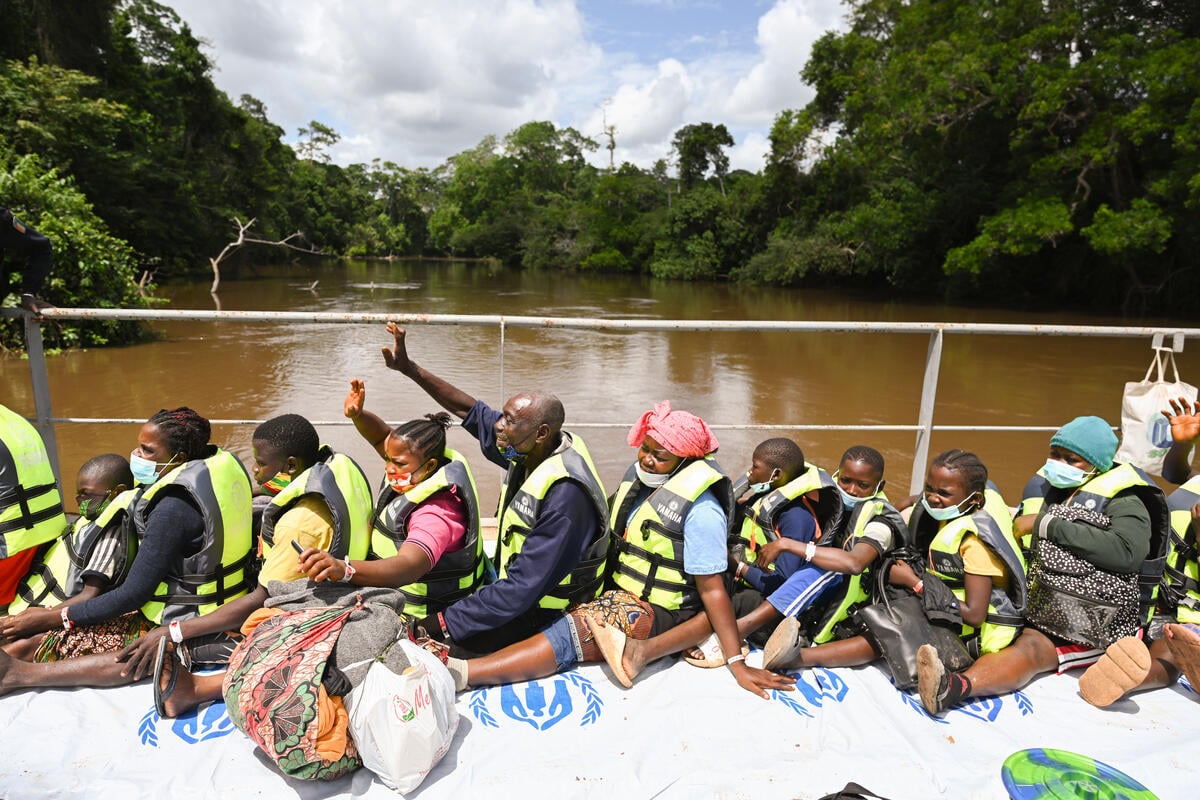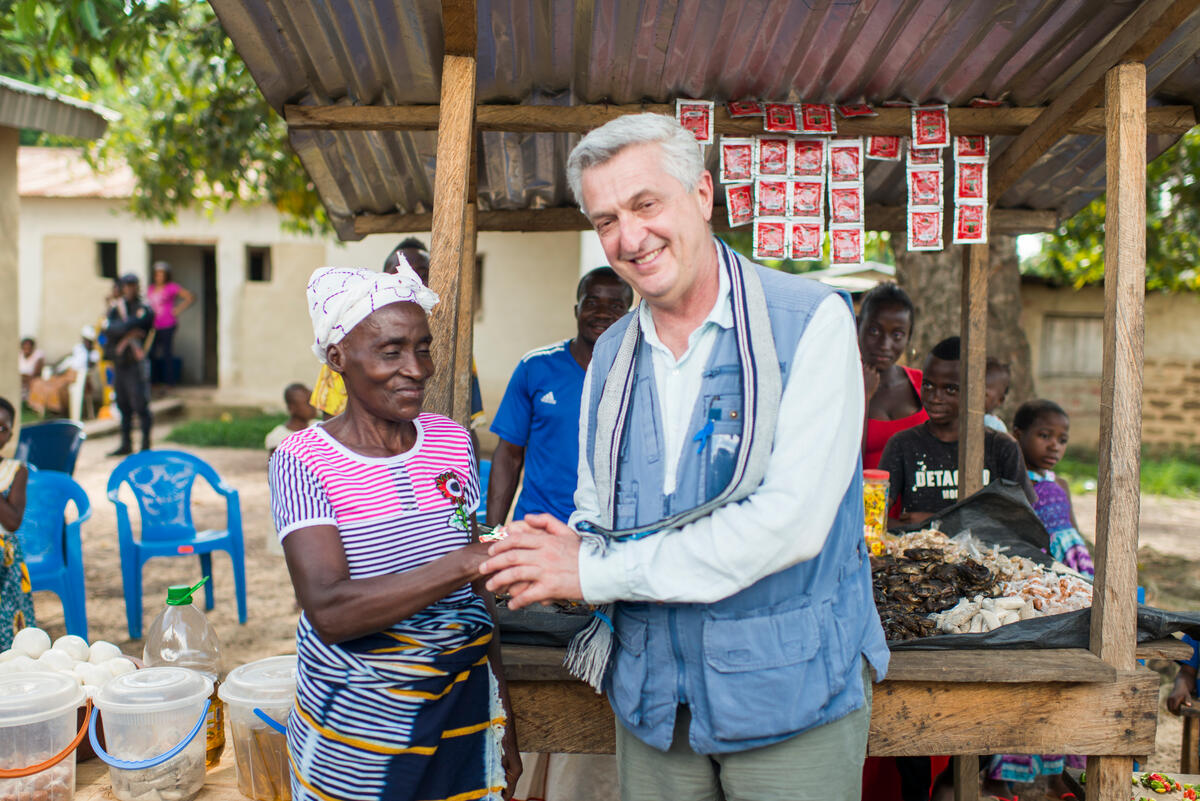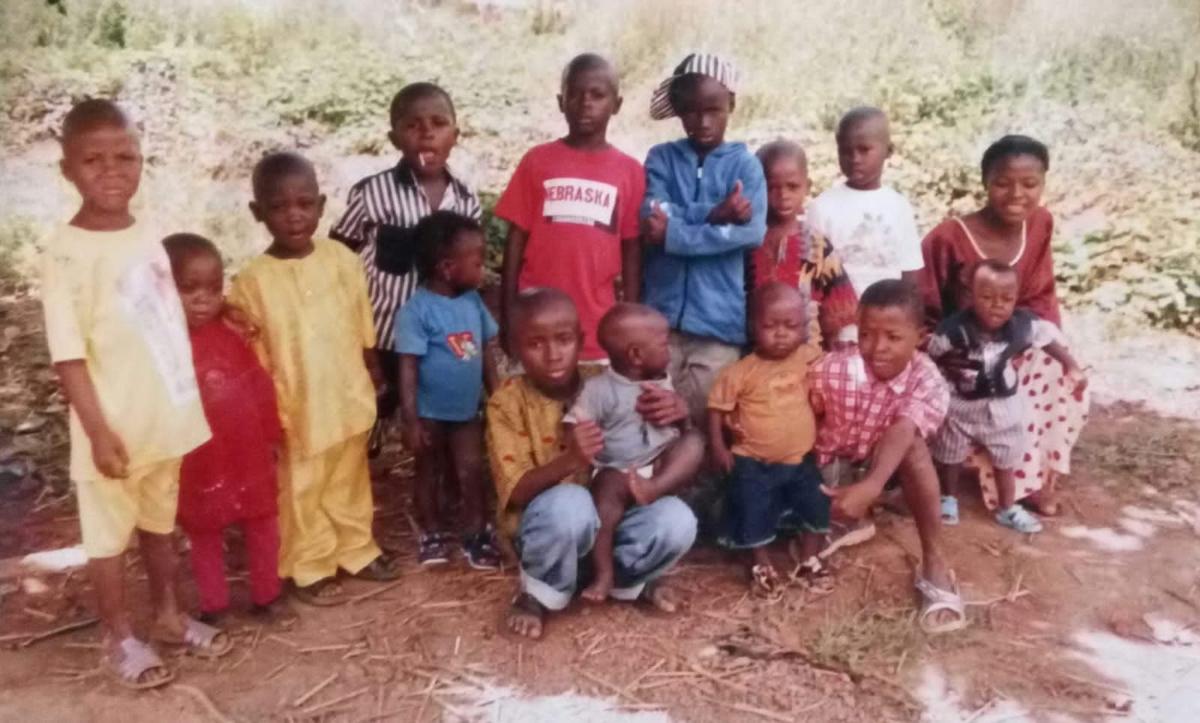Fresh fighting in Liberia drives 3,000 into Sierra Leone
Fresh fighting in Liberia drives 3,000 into Sierra Leone
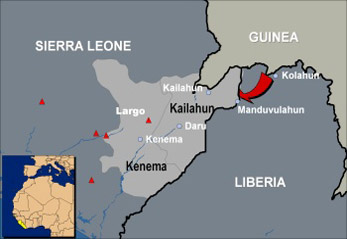
FREETOWN, Sierra Leone, October 7 (UNHCR) - Fresh fighting in the Liberian town of Kolahun has driven some 3,000 people into Sierra Leone, exacerbating the refugee situation at the latter's border and prompting a multi-agency relief effort to ease the pressure there.
Fighting between government troops and rebels from the Liberians United for Reconciliation and Democracy (LURD) intensified in and around Kolahun town in the upper Lofa county, north-western Liberia, on Wednesday, October 2. Villagers fled and started crossing the border at Manduvulahun in Kailahun district, eastern Sierra Leone, on Thursday. At its peak, there were up to 200 Liberians arriving every hour.
By the weekend, the situation had reportedly stabilised but was still tense at the border, with UN military observers watching the situation closely and maintaining a robust presence along the border districts.
The latest influx brings to 16,000 the total number of Liberian refugees waiting in the border areas of Kailahun district to be transferred to camps. Some had arrived as early as May, but had initially declined to be relocated to camps further inland in hope of returning home as soon as peace is restored.
The new arrivals appear to be in bad condition, with many of them considered to be vulnerable cases. A total of 62 vulnerable cases, including some malnourished children, have already been identified and referred to Kailahun hospital by UNHCR's medical partner, Médecins Sans Frontières (MSF France). Many of the refugees are women and children under six, in dire need of food, shelter and medical assistance.
On Saturday, UNHCR warned of the deteriorating health, food and sanitation situation in the border area. The agency met with other UN agencies and non-governmental organisations (NGOs) to co-ordinate efforts and cover immediate needs. MSF France and Action Contre la Faim (ACF) are organising a joint medical team for a nutritional/health screening at the border. An ambulance shuttle will also be provided. In addition, the UN World Food Programme (WFP) has provided 2,500 boxes of high protein biscuits, with MSF France promising more for 5,000 people. ACF is also providing a water bladder for the border area.
In addition to its fleet of eight trucks, the UN refugee agency has mobilised 21 UNAMSIL (UN peacekeeping mission in Sierra Leone) trucks to pick up refugees from the border area and transport them to safety in existing and new camps.
On Thursday, some 400 were moved to the new Largo camp, located about 22 km (14 miles) from Kenema town in Kenema district. On Saturday, 460 were transferred to Dauda way station, from where they will be moved to an existing camp. Another 400 were scheduled to reach the way station on Monday.
UNHCR can only accommodate 2,500 of the new arrivals at the moment, but it is working against the clock to increase capacity in the existing sites.
The agency has also strengthened its presence on the ground, deploying more staff, including the Head of Kenema Sub-Office, to support the operation.
An emergency registration exercise has also started, with a registration team being mobilised from Buedu, near the border.
Prior to last week's arrivals, the last wave of Liberian influx into Sierra Leone had reached a peak in June with 10,000 arrivals. August was one of the quietest months since the beginning of the year, with a weekly average of 50 refugees from Liberia, and an equal number of Sierra Leonean returnees from Liberia.
Sierra Leone is now hosting some 60,000 refugees who had fled fighting in Liberia, with 46,000 arrivals this year alone. About 38,000 are in camps, 16,000 awaiting transfer at the border and a further 8,000 living in the urban areas.

